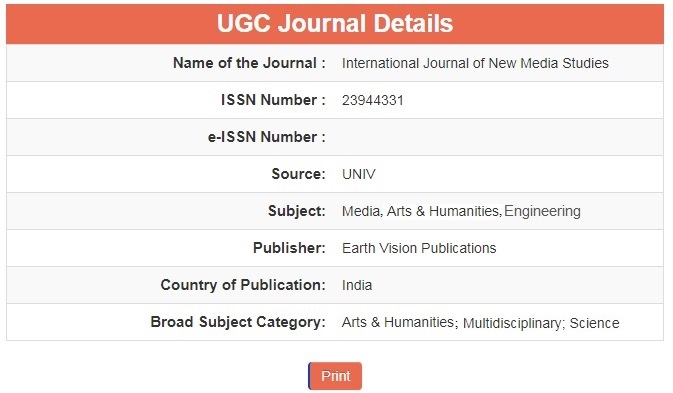Analyzing the Role of Sales force Experience Cloud in Enhancing Customer Satisfaction through Customer Service Travel Portal
Keywords:
Keywords: Customer service, Salesforce, Experience site, Knowledge articles, Case creation, Travel industry.Abstract
In this work, Enhancing Customer Satisfaction is carried out through Customer Service Portal, an experience cloud site. Salesforce's customer service template provides an efficient way to create a customer service experience site that is specifically built to solve the queries of travellers. This site consists of knowledge articles on bookings, check in/checkout policies, customer services, discounts, invoices, and policies. Additionally, the site has a case creation feature that allows customers to create cases, which are automatically assigned to the service team of the business. This research paper explores the development, implementation, and evaluation of a customer service experience site created through Salesforce's customer service template. The paper provides a detailed description of the site's functionality, including the case creation feature, which streamlines the communication process between customers and the service team. The paper includes a literature review, which highlights the importance of customer service in the travel industry, and the potential benefits of using a customer service experience site. The research paper includes a methodology section, which outlines the process of developing and implementing the site. The paper also includes an evaluation and system analysis section, which assesses the effectiveness and efficiency of the site.






